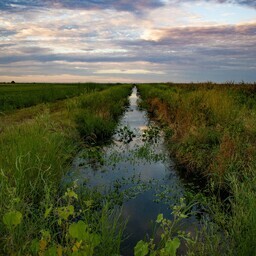There are many drainage ditches in Estonia. They help to remove excess water from fields and forests. If the ditches do not work, it can damage crops and trees.
Drainage ditches also affect the environment. For example, they increase the amount of greenhouse gases. Therefore, it is important to know where the ditches are located.
Traditionally, ditches have been mapped manually. However, this is time-consuming, especially in forests. Artificial intelligence helps to do this faster and more accurately.
Artificial intelligence uses a terrain elevation model. This allows identifying ditches that are narrow and covered with vegetation. Scientists from the University of Tartu used the deep learning method U-Net, which is very accurate.
The model had to be trained beforehand. For this, Swedish data was used. Then the model was adapted to Estonian data. Data from forests, fields, and peatlands were used for training.
Artificial intelligence found many new ditches. In total, nearly 45,000 kilometers of ditches were found. The model was most accurate in peatlands where there is no vegetation. In forests, the model was less accurate because trees interfere with detection.
The study shows that artificial intelligence can be very useful. It helps to quickly find ditches with little data. This is important for understanding the environment and landscape.

